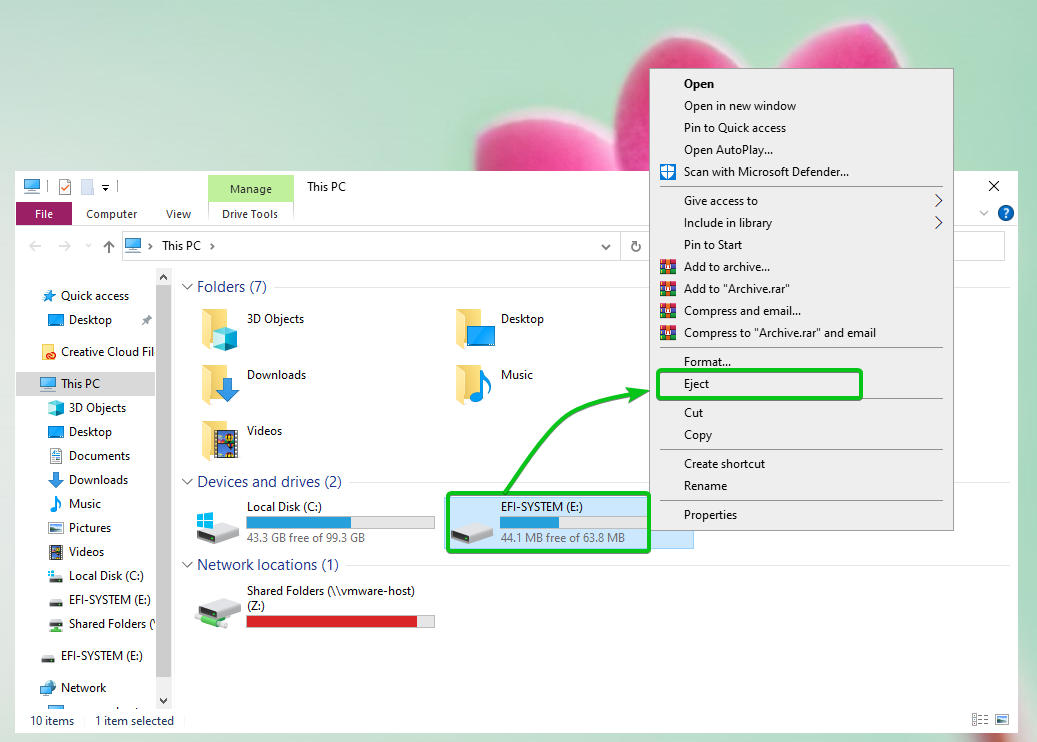
With CloudReady you can install Chrome OS on your computer. I prefer the latter as someone else has done all the heavy lifting on sorting out the technicalities and coding. Although Google does not officially provide Chrome OS to be installed on other computers, you can in fact do it through other ways: either downloading and installing Chromium OS (the open sourced version of Chrome OS), or using Neverware‘s ( acquired by Google recently) CloudReady Chrome OS.

You don’t need to buy a Chromebook in order to experience what Chrome OS is like with cloud based computing activities. Very little needs to be done on the actual Chrome OS computer itself as most of the applications, storage, and computing is done on the Internet, on the cloud, thanks to Google. Chromebooks are cheaper due to low hardware requirements of Chrome OS which largely relies on cloud based services.

This should not be too surprising given that the COVID-19 pandemic has forced education to be delivered virtually due to the lockdowns, and Chromebooks nicely occupies the space of low cost entry to computing. Most of the Chromebooks were sold in the education sector.

So why the hype on Chrome OS? Well, apparently Chromebooks outsold Macs in 2020, and therefore gaining market share on Windows. Linux by comparison is only less than 2% of the market (source: statcounter). Of course, Windows leads the market by far with more than three quarters of the market, followed by MacOS below 20% of the market. Chrome OS as of end-2020 only occupies less than 2% of the desktop operating system market share.


 0 kommentar(er)
0 kommentar(er)
